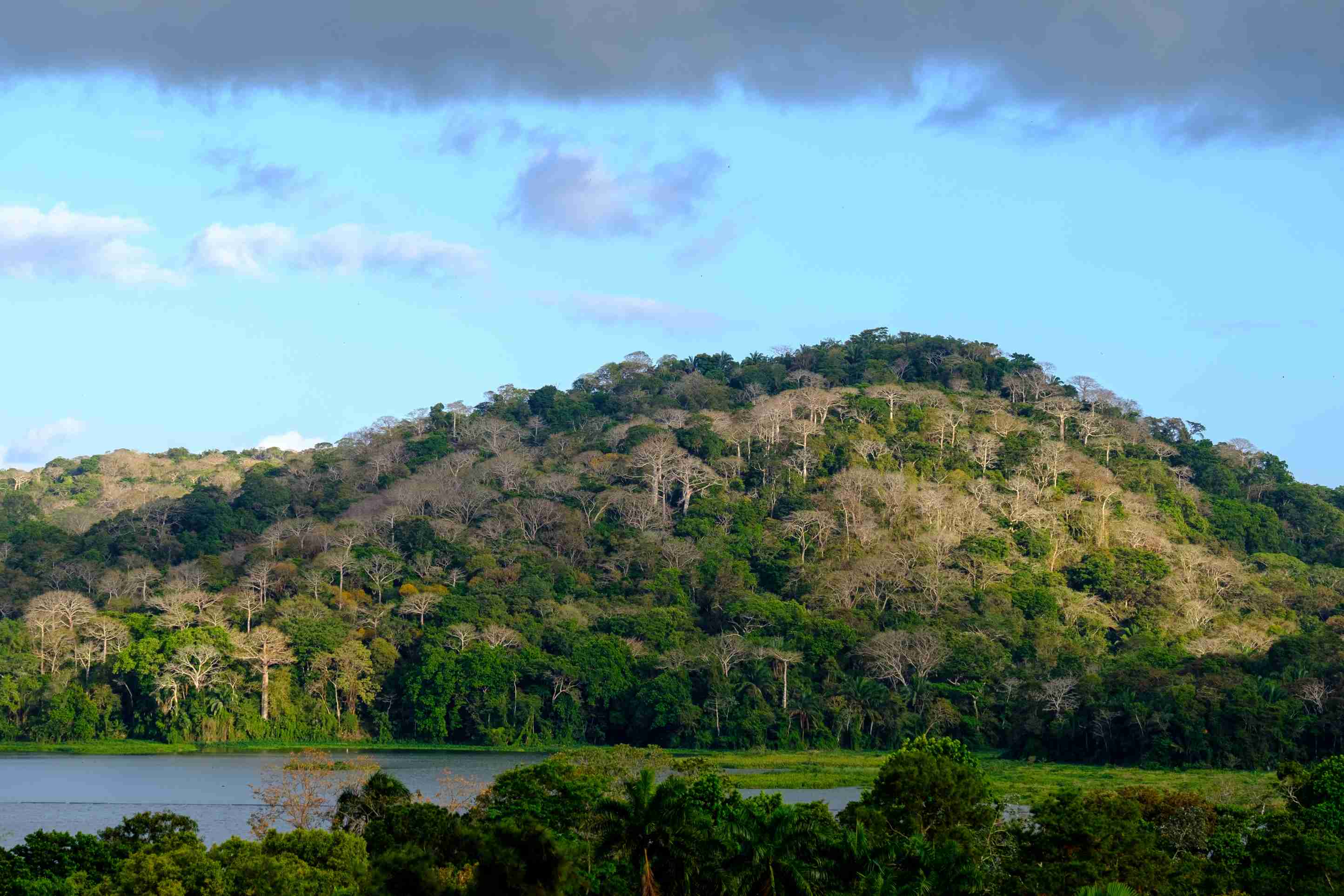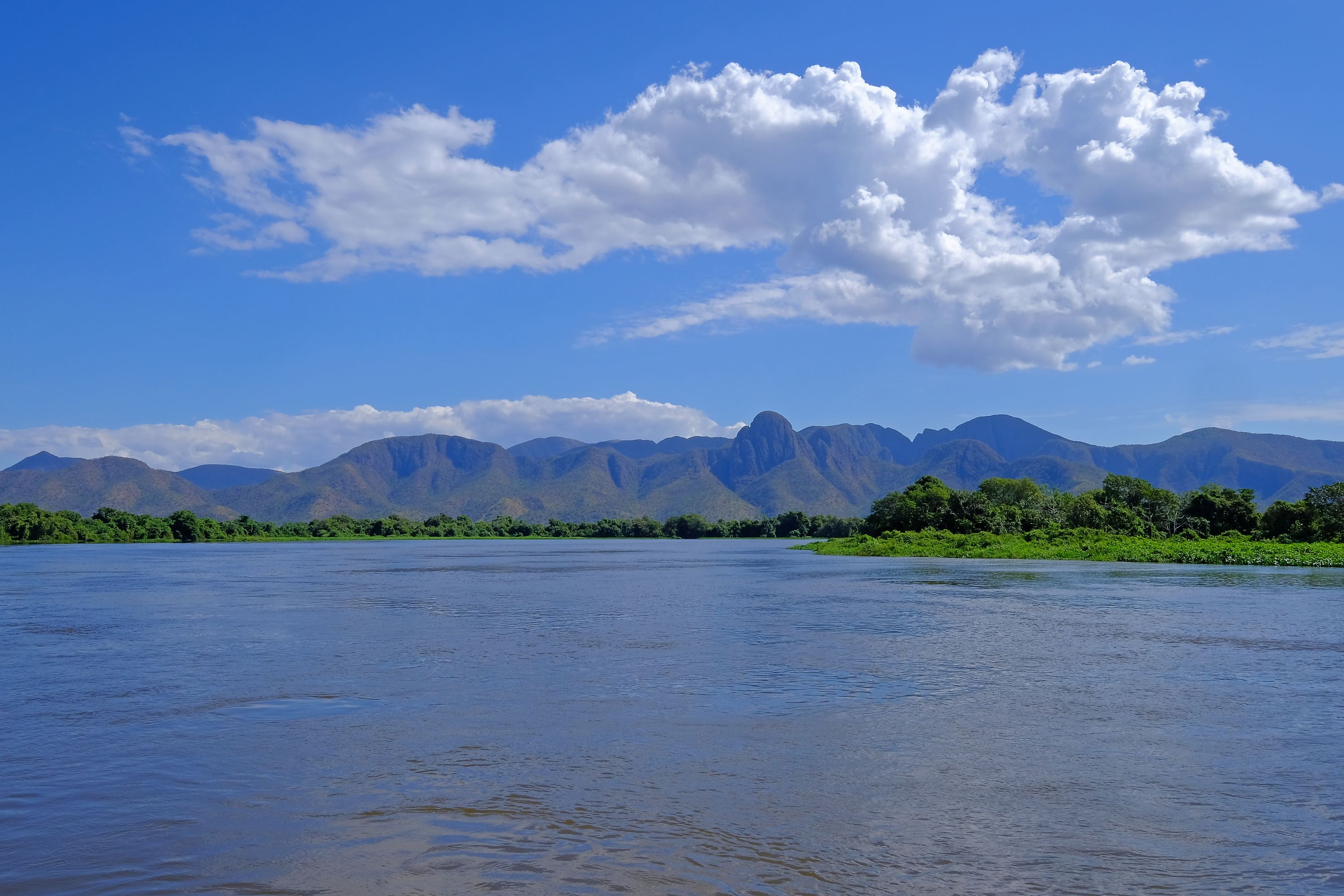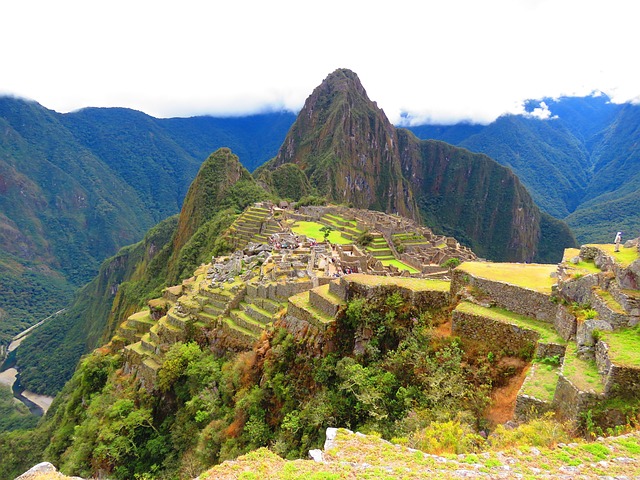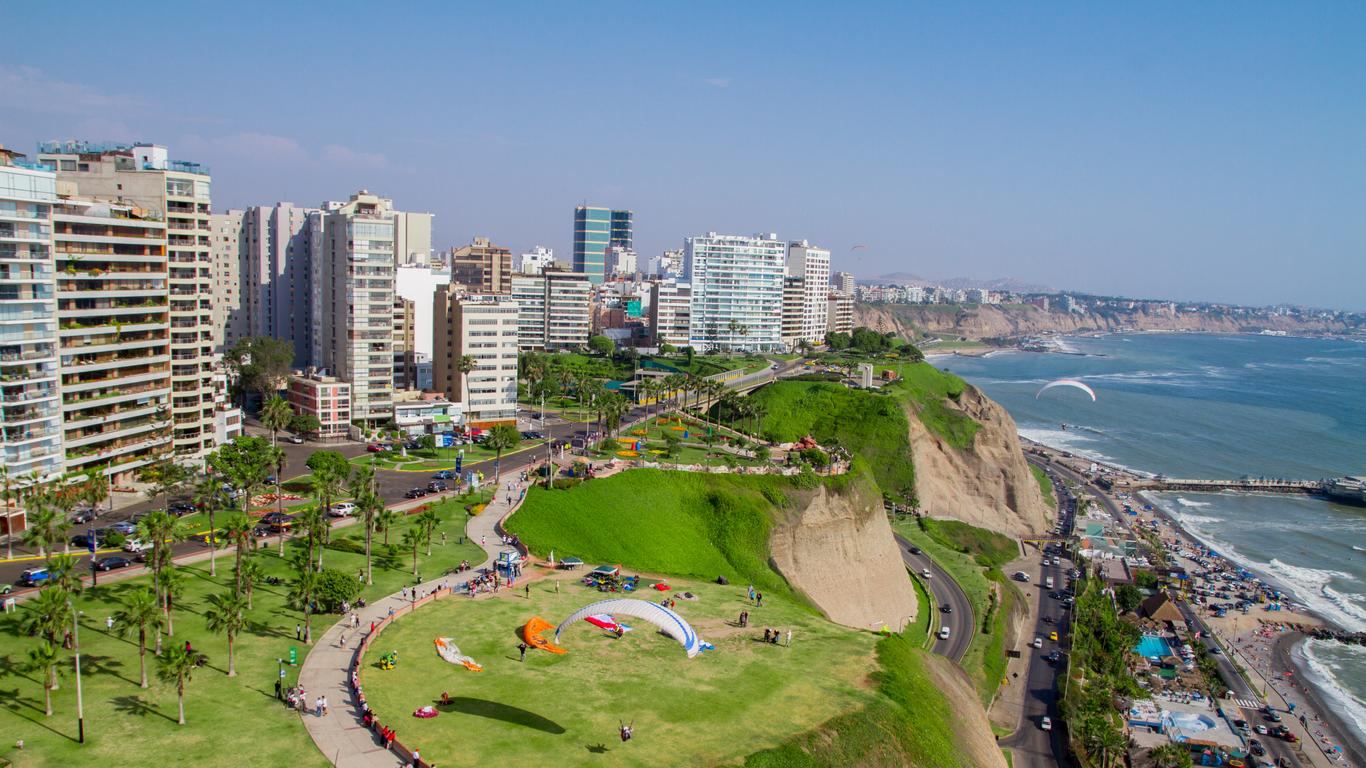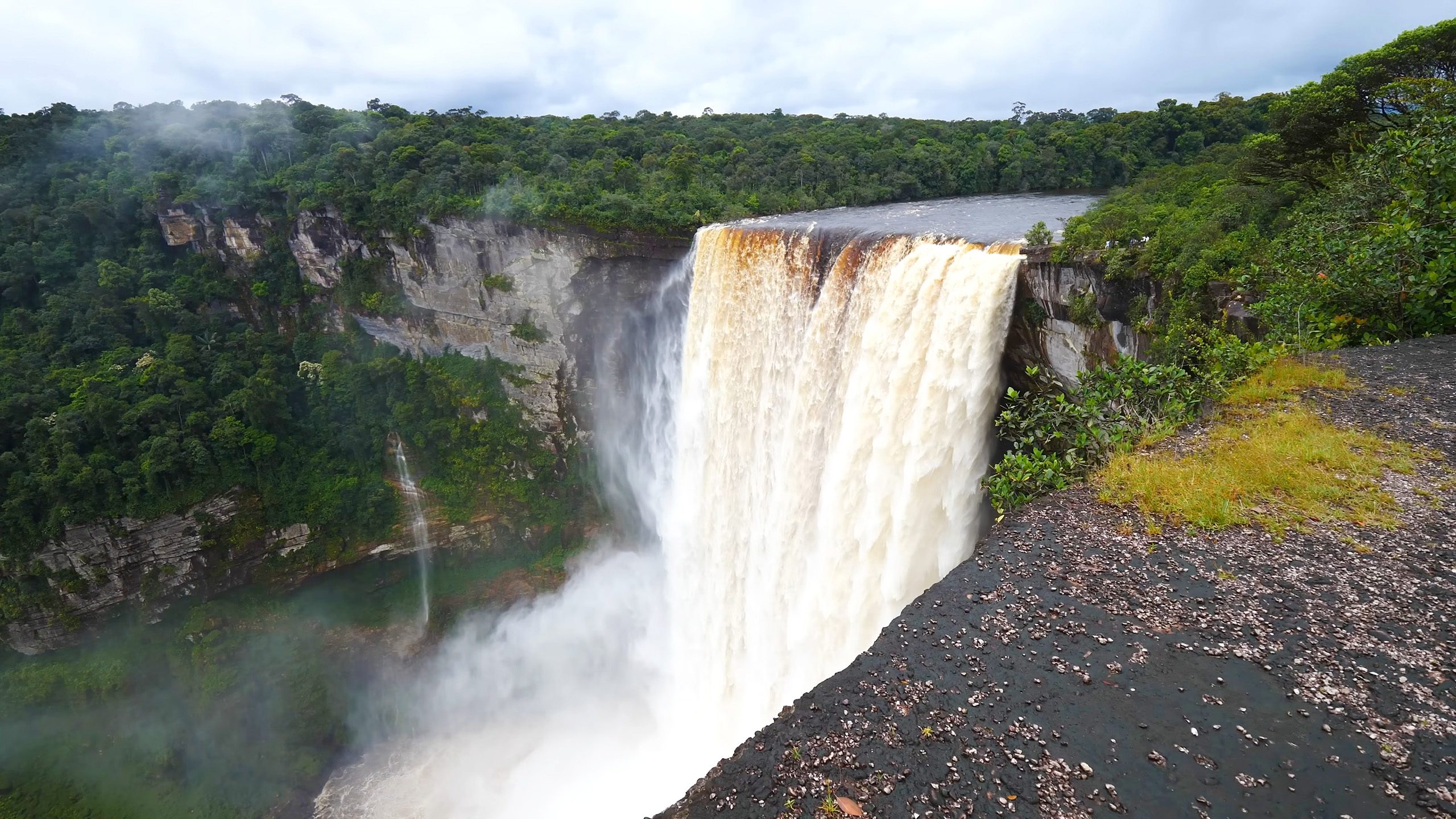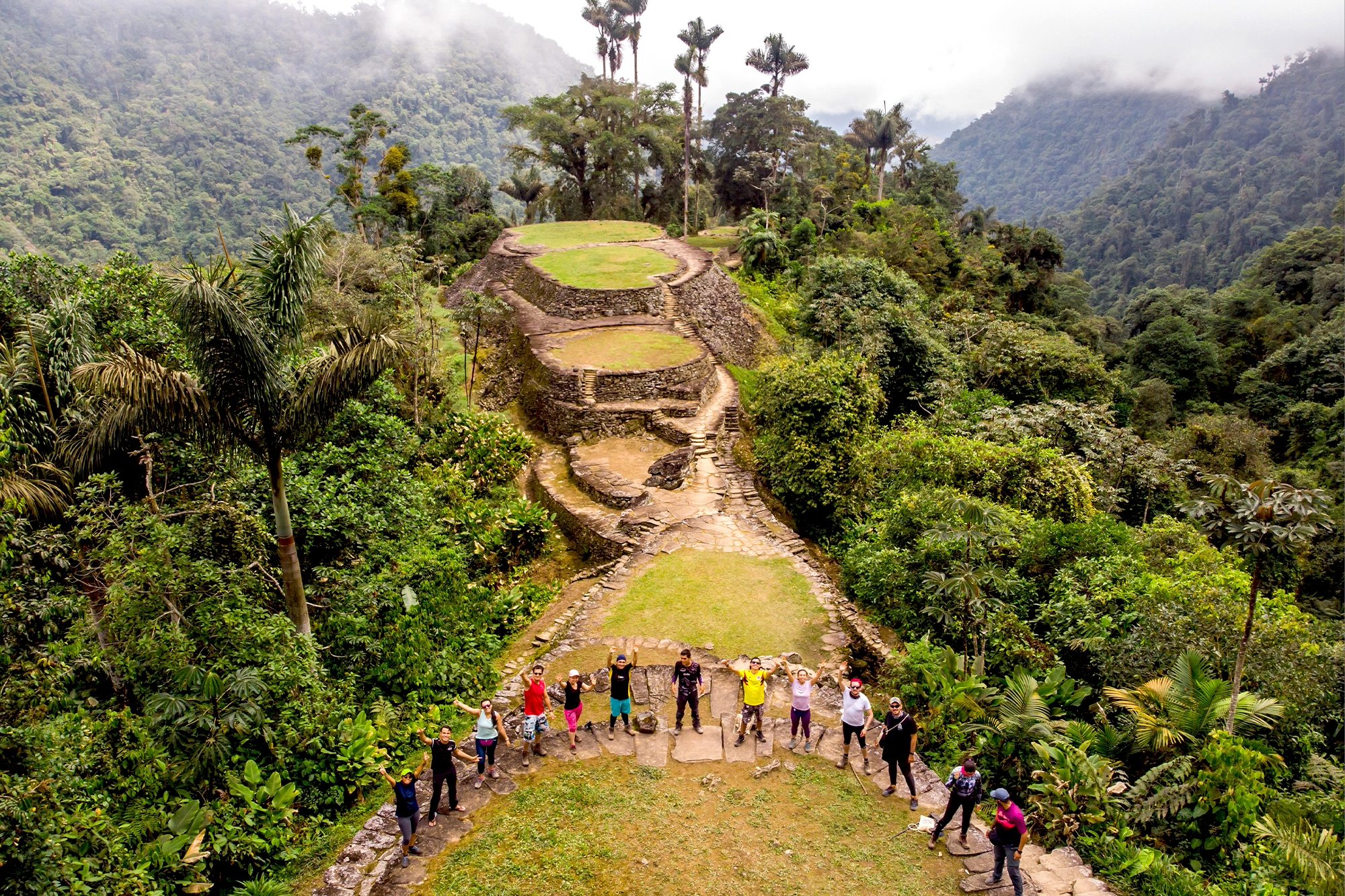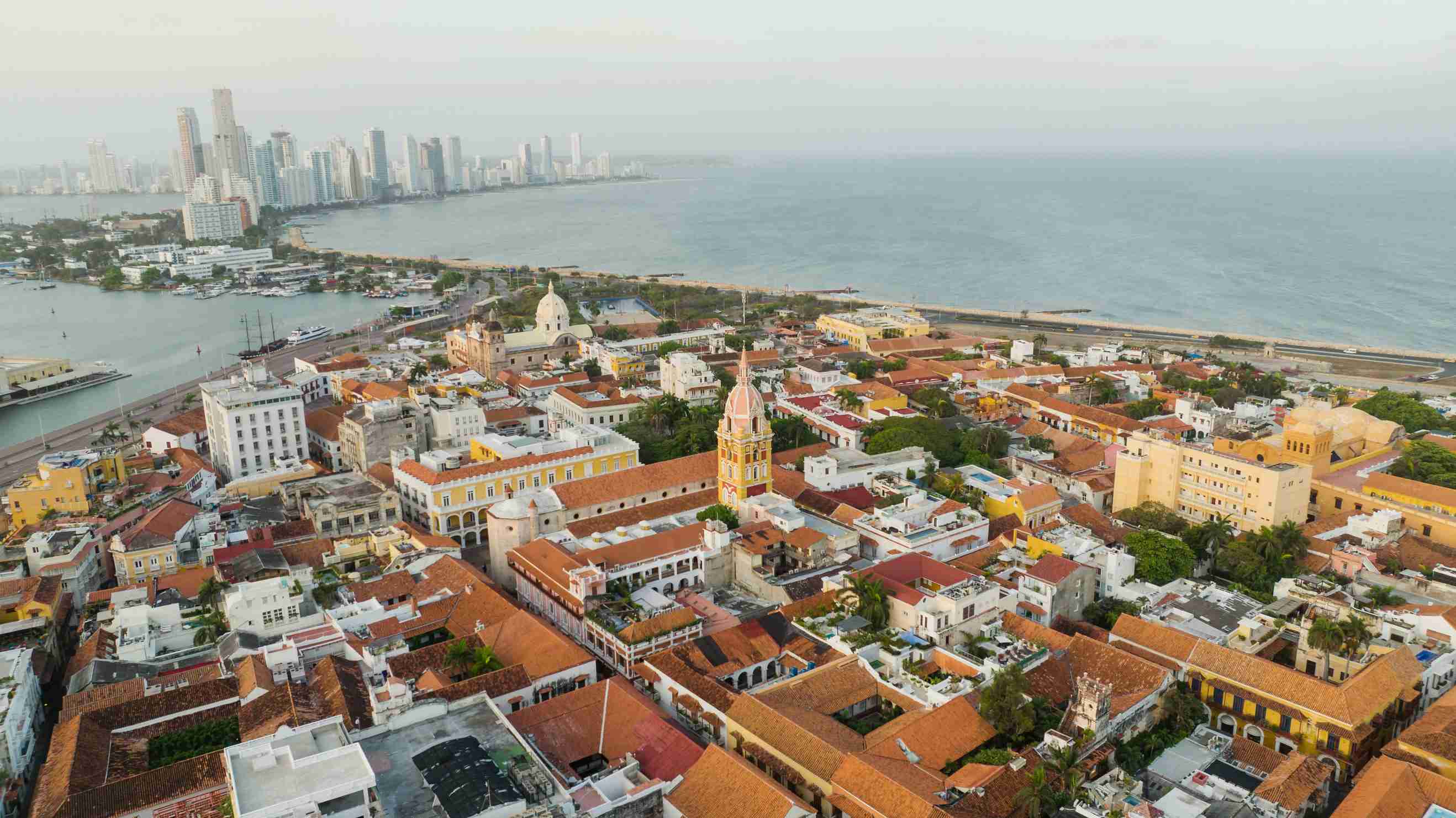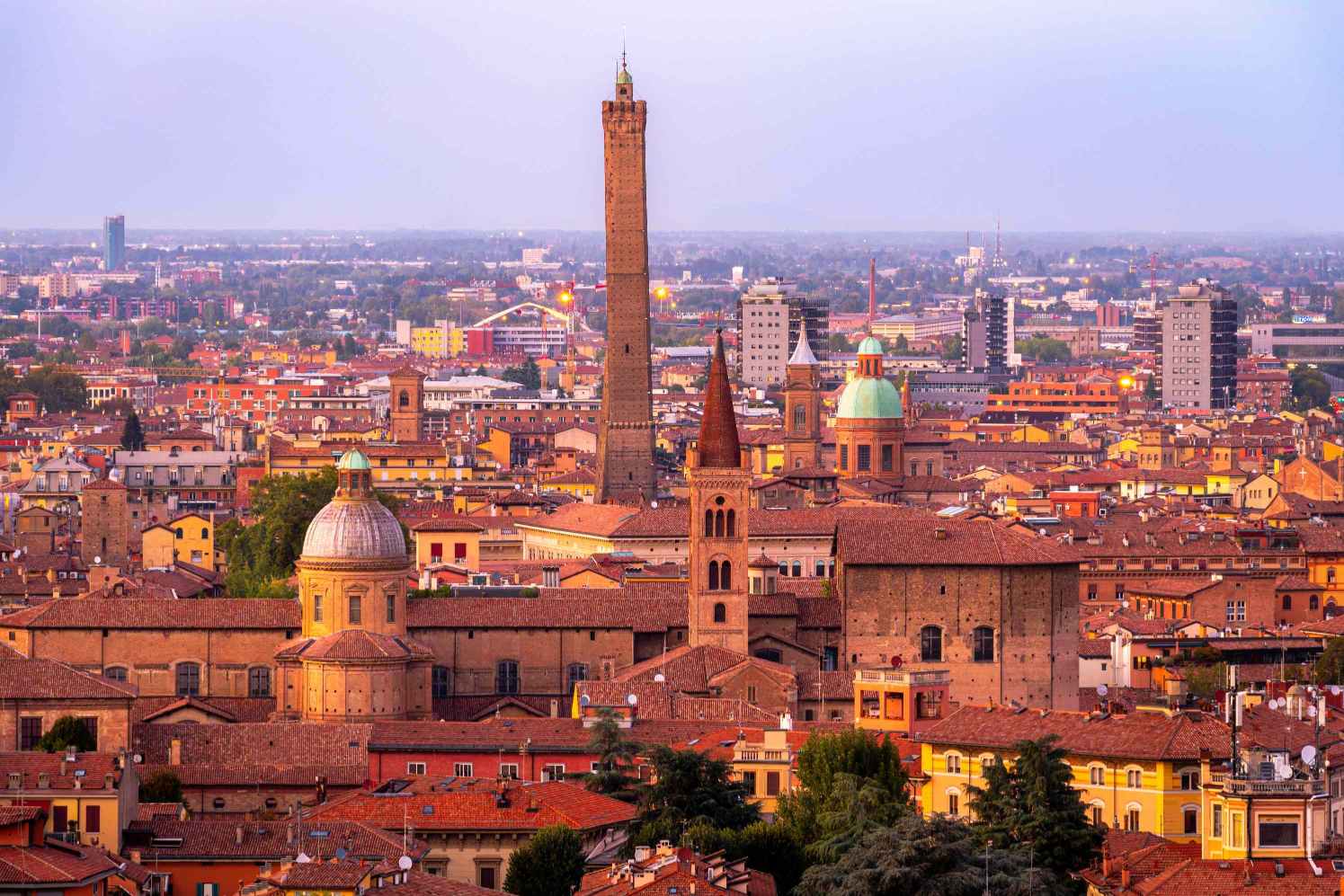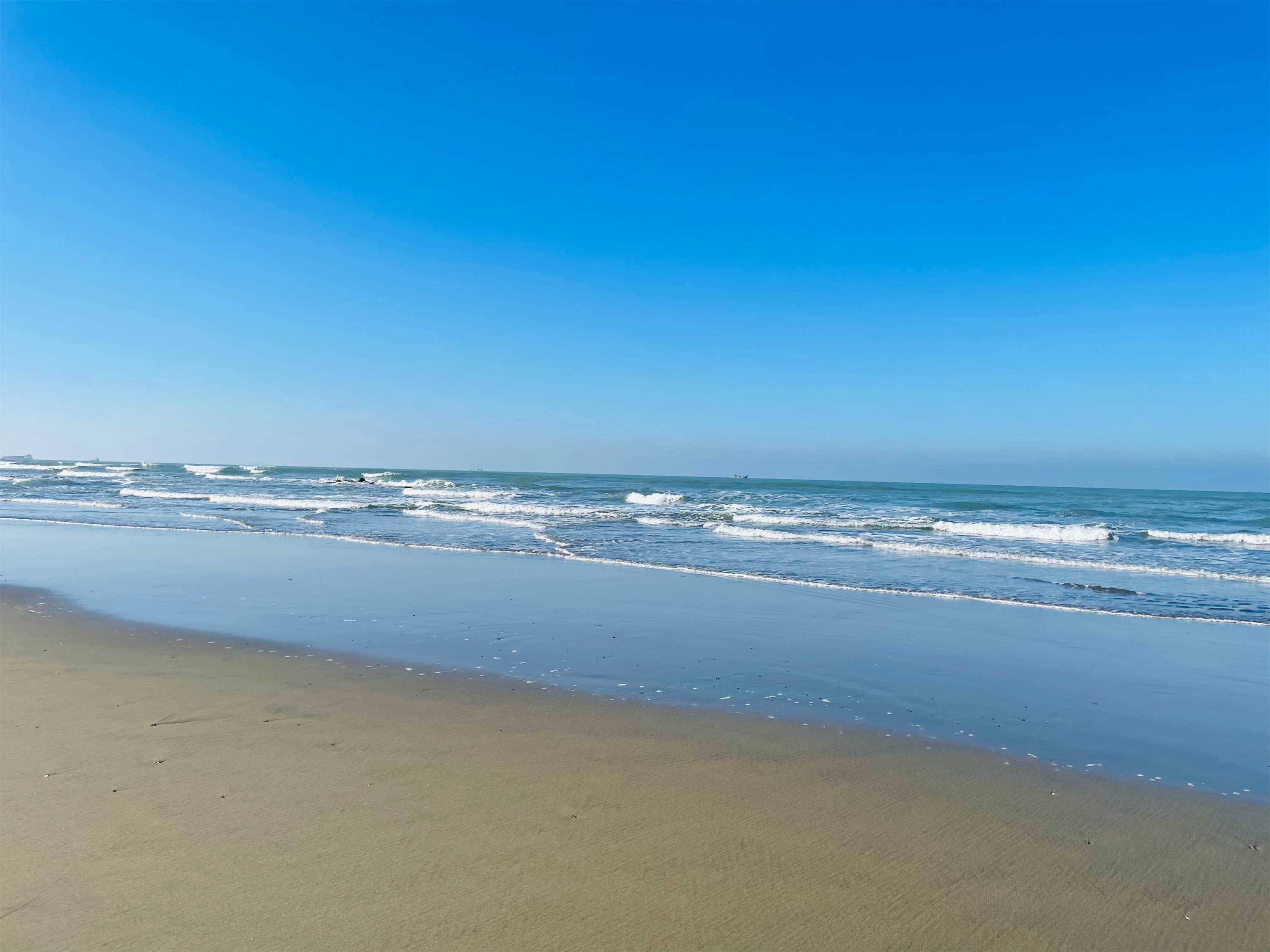Chobe National Park, located in northern Botswana, is one of Africa’s most renowned wildlife destinations. Established in 1967, it is Botswana’s first national park and is famous for its massive elephant population, diverse ecosystems, and stunning landscapes. The park covers approximately 11,700 square kilometers and is divided into four distinct regions: the Chobe Riverfront, Savuti Marsh, Linyanti Marsh, and the hinterland. Whether you’re cruising along the Chobe River, spotting the Big Five on a game drive, or marveling at the park’s rich birdlife, Chobe National Park offers an unforgettable safari experience.
This article explores the park’s geography, wildlife, activities, and cultural significance, as well as practical tips for travelers. From its iconic riverfront to its remote marshlands, Chobe National Park is a destination that captivates the imagination and inspires awe.
The Geography and Ecosystems of Chobe National Park
Chobe National Park is characterized by its diverse landscapes, which include floodplains, woodlands, savannahs, and marshes. The park is divided into four main regions, each offering unique experiences:
- Chobe Riverfront: Located in the northeastern part of the park, this area is defined by the Chobe River, which forms the border between Botswana and Namibia. The riverfront is known for its dense wildlife populations, particularly elephants, buffalo, and hippos. It’s also a birdwatcher’s paradise, with over 450 bird species recorded.
- Savuti Marsh: Situated in the western part of the park, the Savuti Marsh is a dynamic ecosystem that alternates between dry and wet phases. During the wet season, it attracts large herds of zebras, wildebeests, and predators like lions and hyenas.
- Linyanti Marsh: Located in the northwest, the Linyanti Marsh is a remote and pristine area that offers a more exclusive safari experience. It is home to a variety of wildlife, including elephants, leopards, and rare antelope species like the sable and roan.
- Hinterland: The hinterland is a vast, arid region that provides a stark contrast to the lush riverfront and marshes. It is characterized by mopane woodlands and is home to species like kudu, impala, and wild dogs.

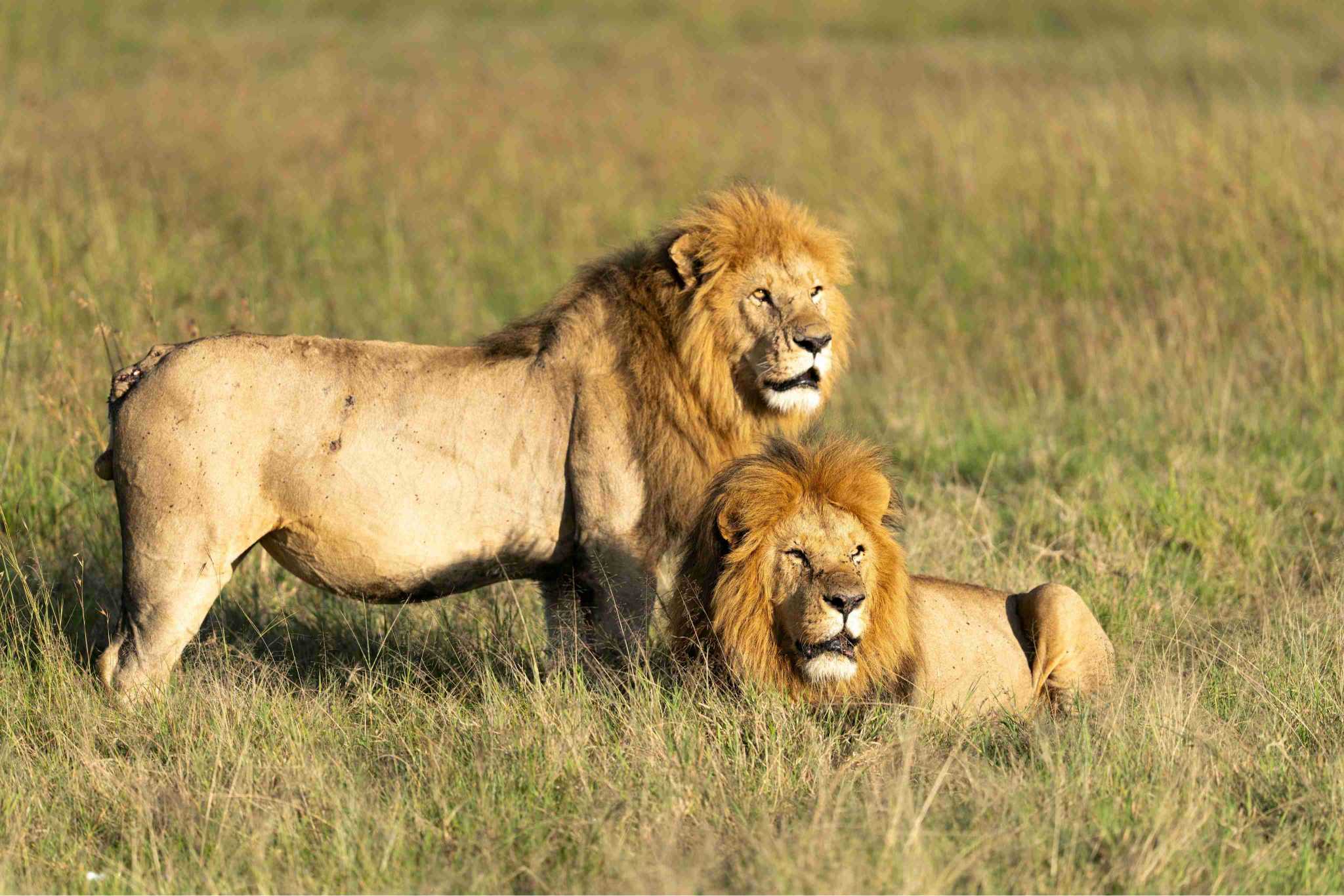
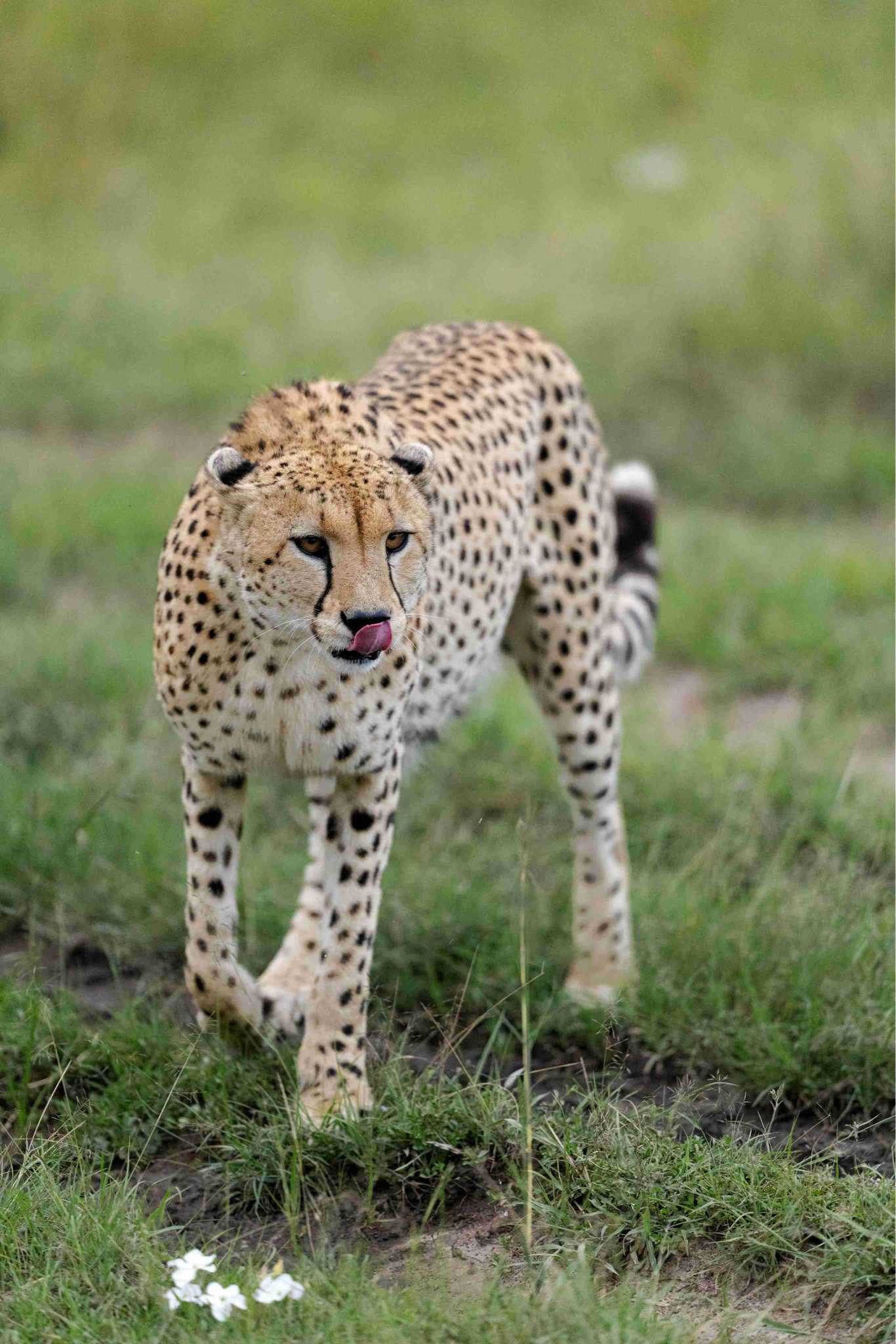
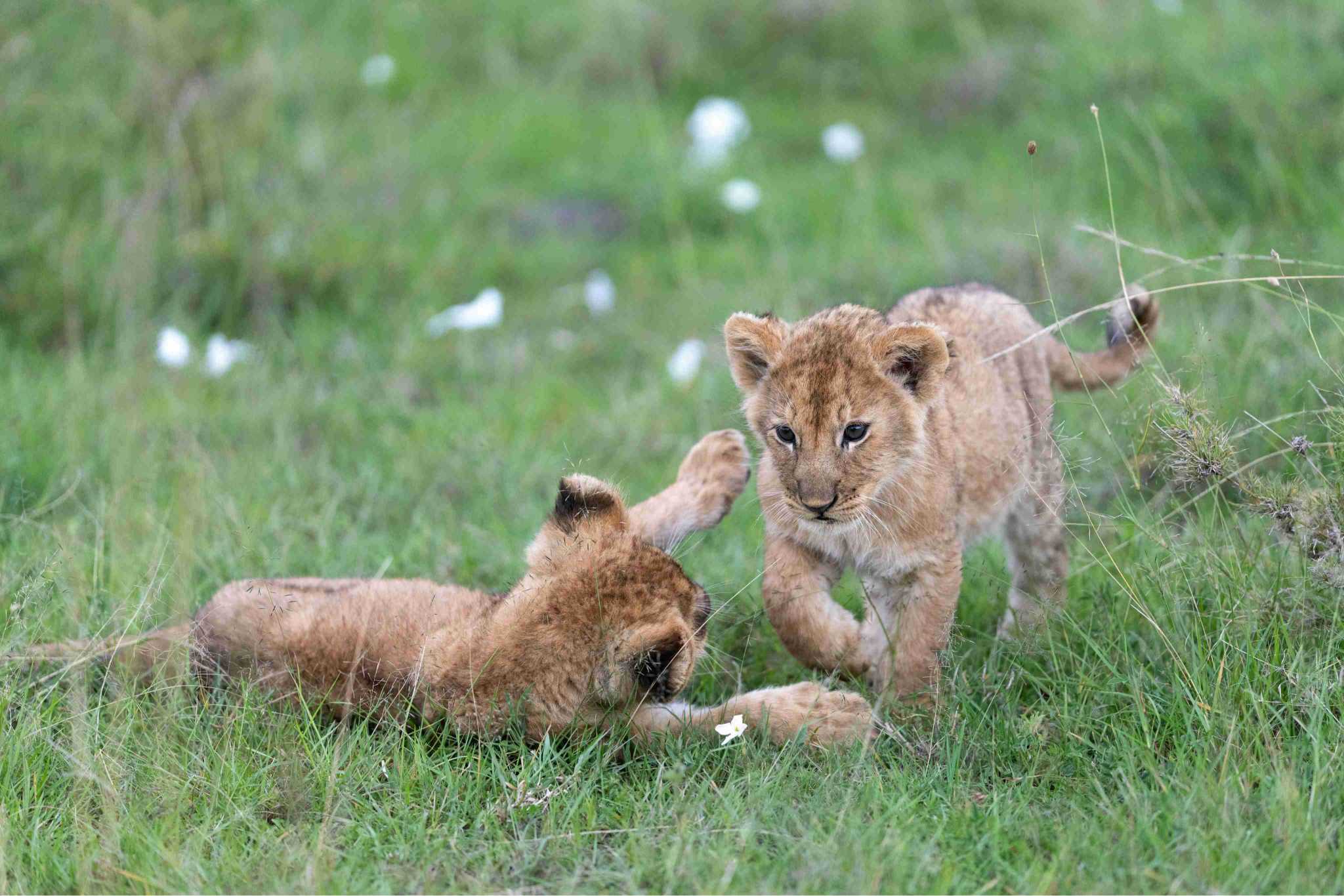
Wildlife of Chobe National Park
Chobe National Park is renowned for its incredible biodiversity. Here are some of the park’s most iconic species:
- Elephants: Chobe is home to one of the largest elephant populations in Africa, with an estimated 50,000 individuals. The elephants are particularly concentrated along the Chobe Riverfront, where they gather to drink and bathe.
- Big Five: The park is home to lions, leopards, elephants, buffalo, and rhinos (though rhinos are rare and mostly found in private reserves).
- Predators: In addition to lions and leopards, Chobe is home to cheetahs, hyenas, and wild dogs. The Savuti Marsh is particularly known for its predator activity.
- Birdlife: With over 450 bird species, Chobe is a birdwatcher’s paradise. Highlights include the African fish eagle, saddle-billed stork, and carmine bee-eater.
- Aquatic Wildlife: The Chobe River is teeming with hippos and crocodiles, as well as a variety of fish species.
Cultural Significance
Chobe National Park is not just a wildlife destination; it also holds cultural and historical significance. The area has been inhabited by the Basubiya people for centuries, and their traditions and way of life are deeply intertwined with the land. The park is also home to ancient rock paintings, particularly in the Savuti region, which provide a glimpse into the lives of the San people, who lived in the area thousands of years ago.
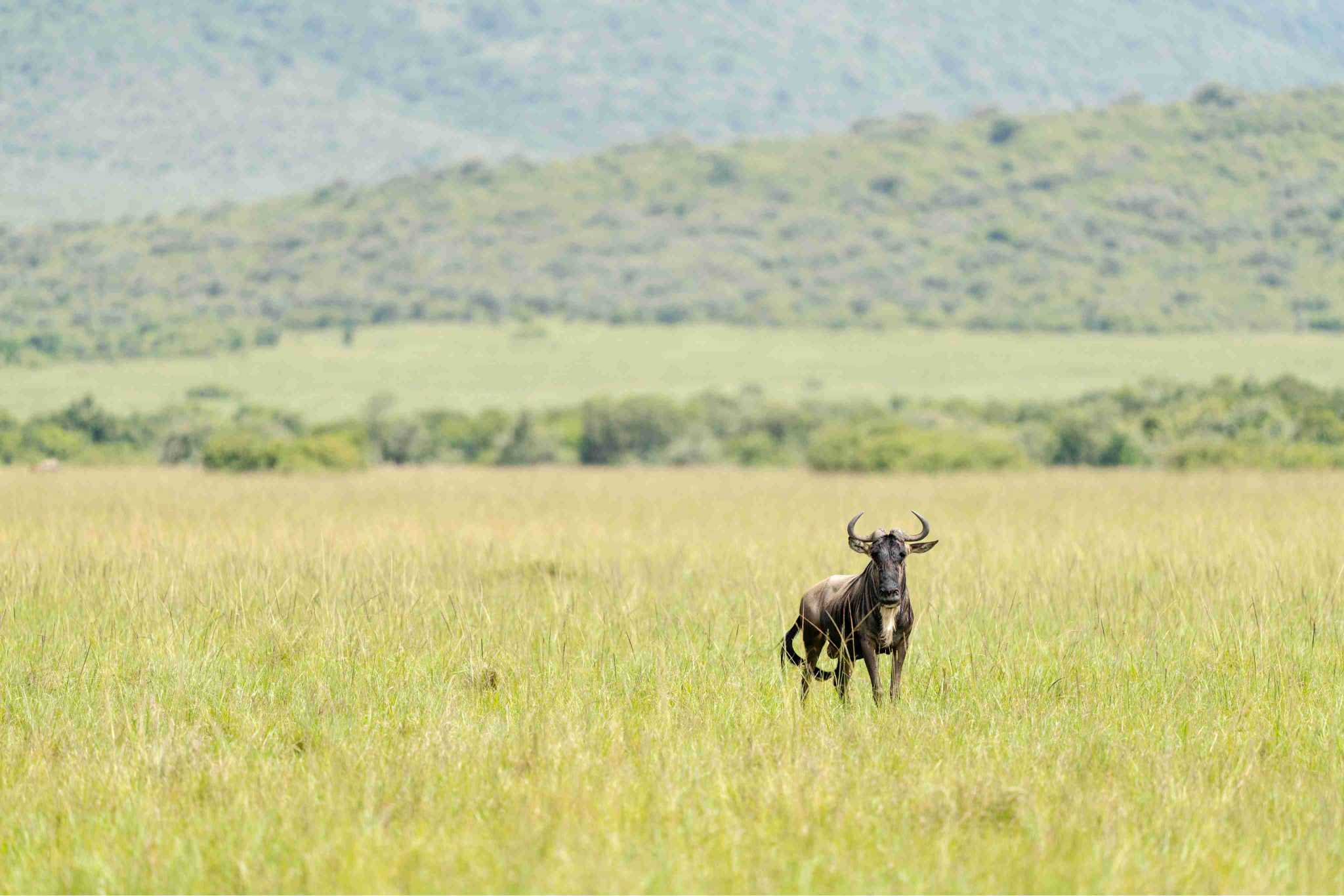
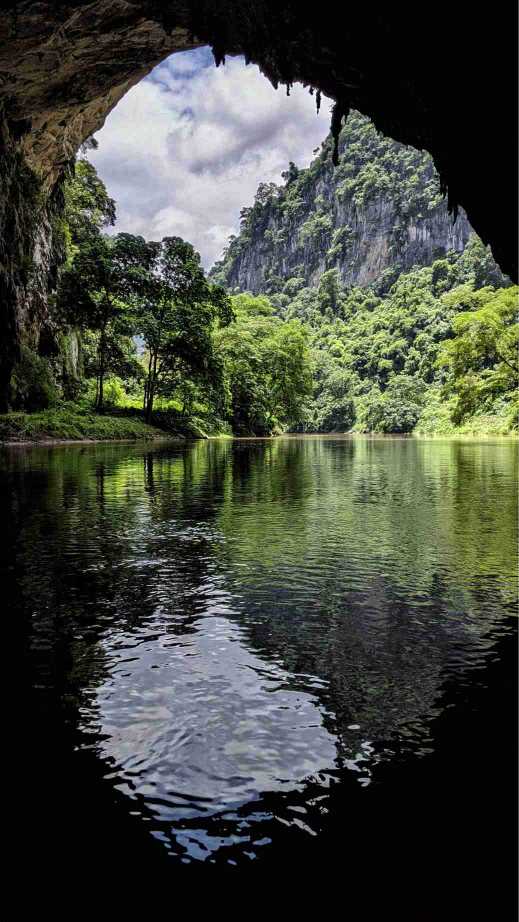
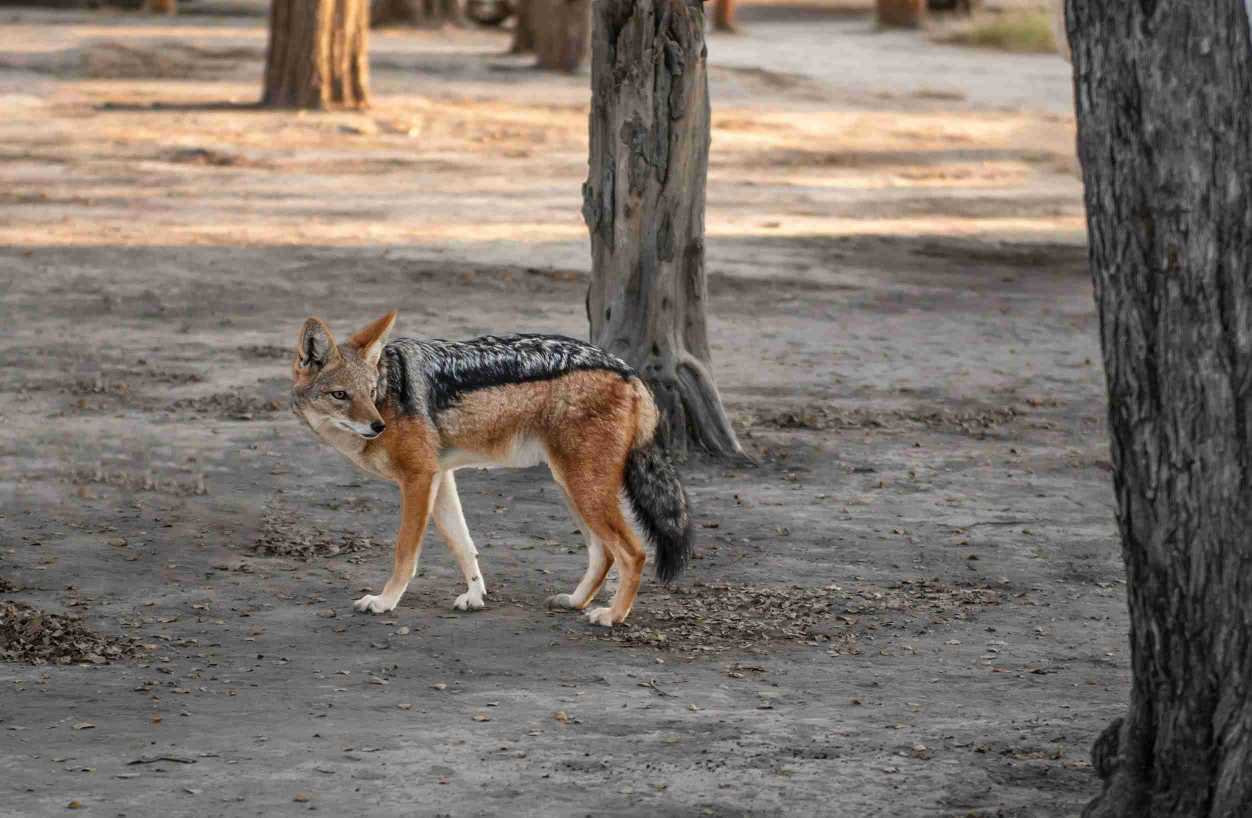
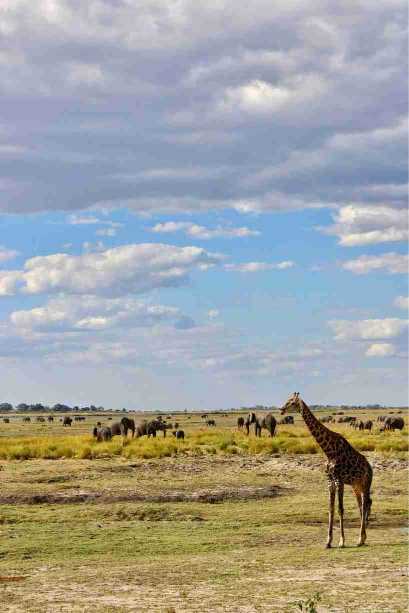
How to Reach Chobe National Park
Chobe National Park is easily accessible from several major destinations in southern Africa:
- By Air: The nearest airport is Kasane Airport, which receives flights from Gaborone, Maun, and Johannesburg. From Kasane, it’s a short drive to the park.
- By Road: The park is accessible by road from Kasane, Maun, and Livingstone (Zambia). The drive from Kasane to the Chobe Riverfront takes about 15 minutes.
- By Tour: Many tour operators offer guided safaris to Chobe National Park, often as part of a larger itinerary that includes Victoria Falls and other nearby attractions.
Accommodation
Chobe National Park offers a range of accommodations to suit every budget:
- Luxury Lodges: Stay at 5-star lodges like Chobe Game Lodge or Belmond Savute Elephant Lodge, which offer luxurious accommodations and exclusive safari experiences.
- Mid-Range Lodges: Options like Chobe Safari Lodge and Mowana Safari Lodge provide comfortable accommodations at more affordable prices.
- Budget Campsites: For adventurous travelers, there are several campsites within the park, including those at Savuti and Linyanti.
Local Foods
While on safari, you’ll enjoy a mix of international and local cuisine. Here are some must-try dishes:
- Seswaa: A traditional Botswana dish made with slow-cooked beef or goat, served with pap (maize porridge).
- Morogo: A spinach-like vegetable, often served as a side dish.
- Braai: A South African-style barbecue, often featuring meats like beef, lamb, and chicken.
- Fresh Fish: The Chobe River is a great source of fresh fish, such as bream and tilapia.
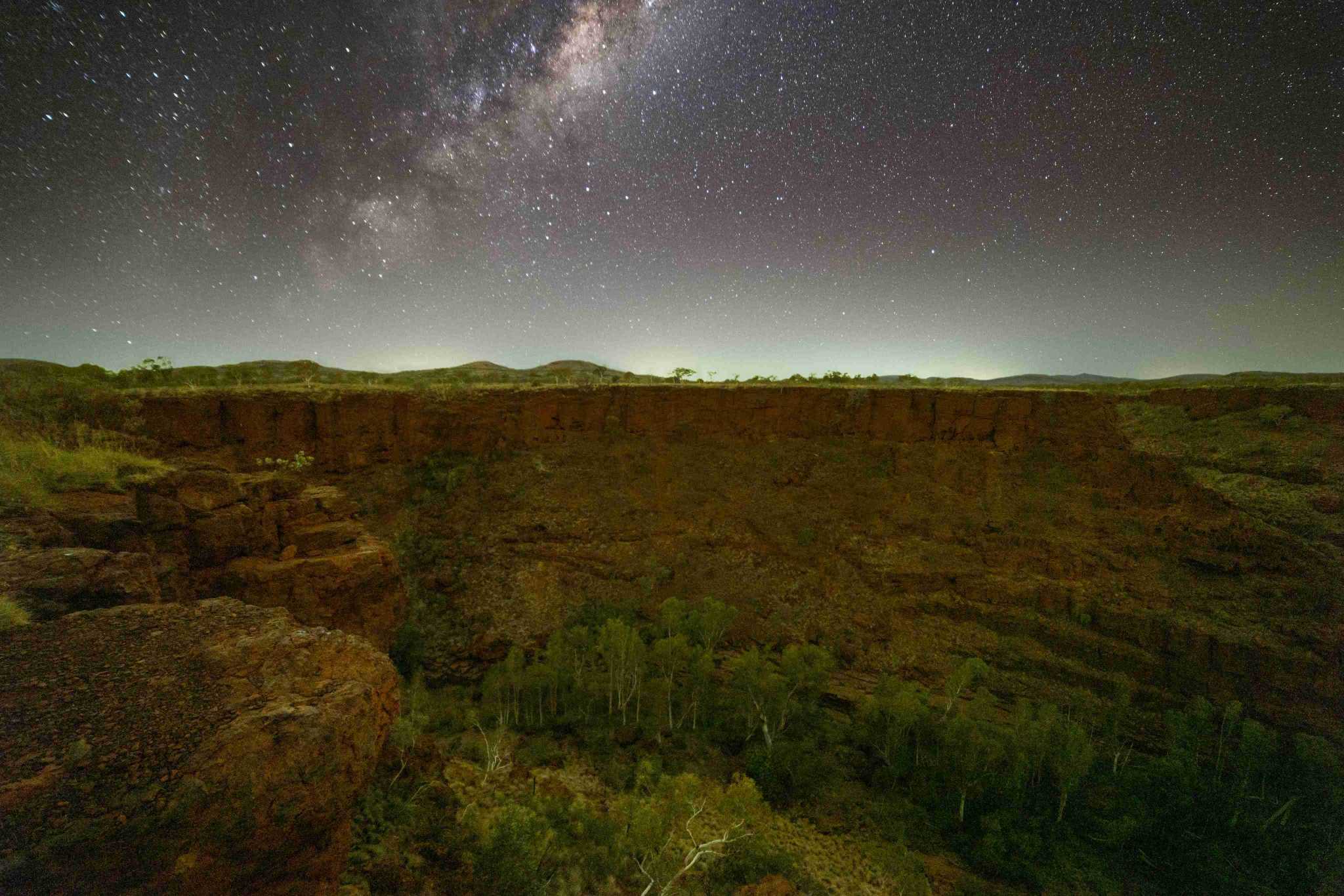
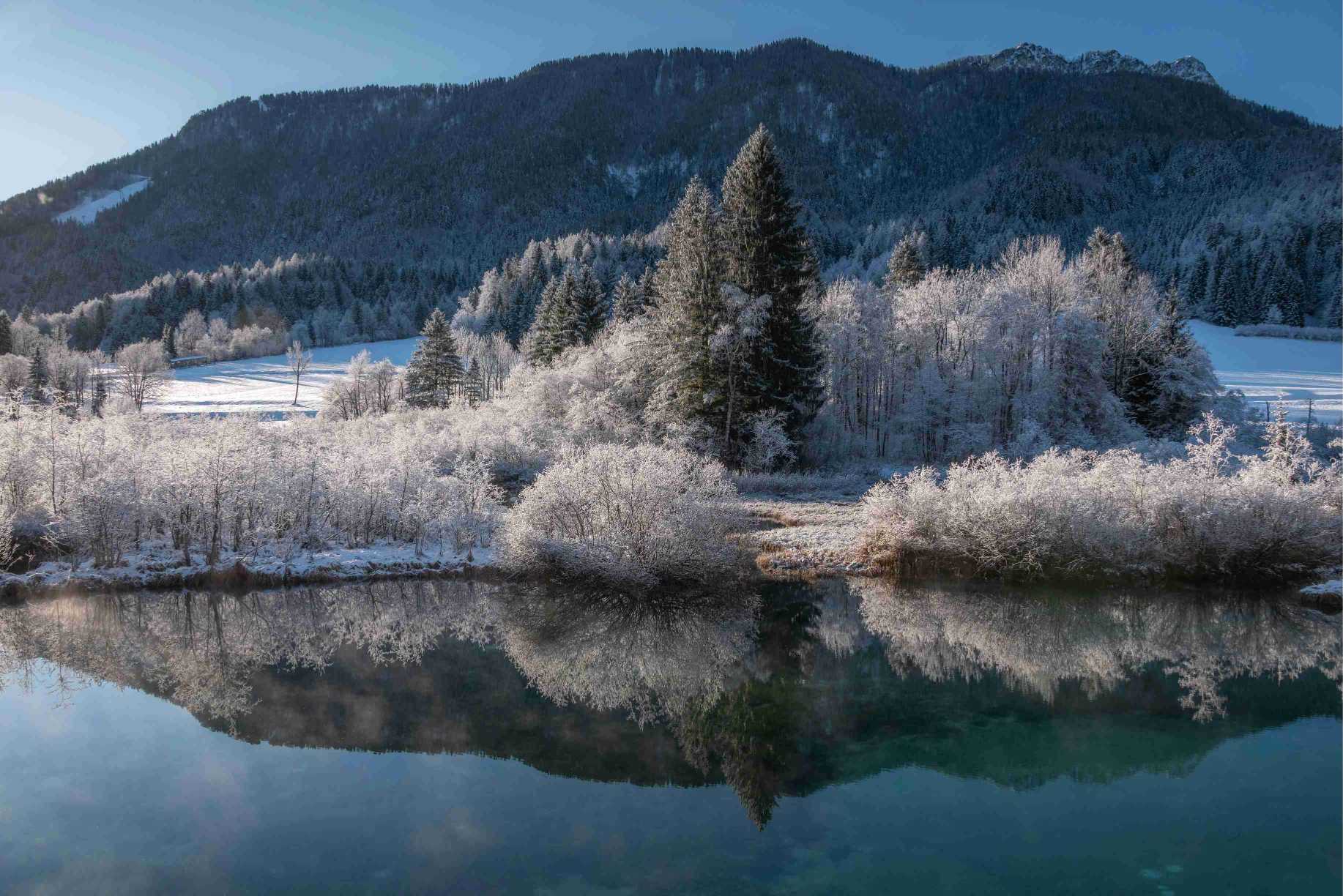
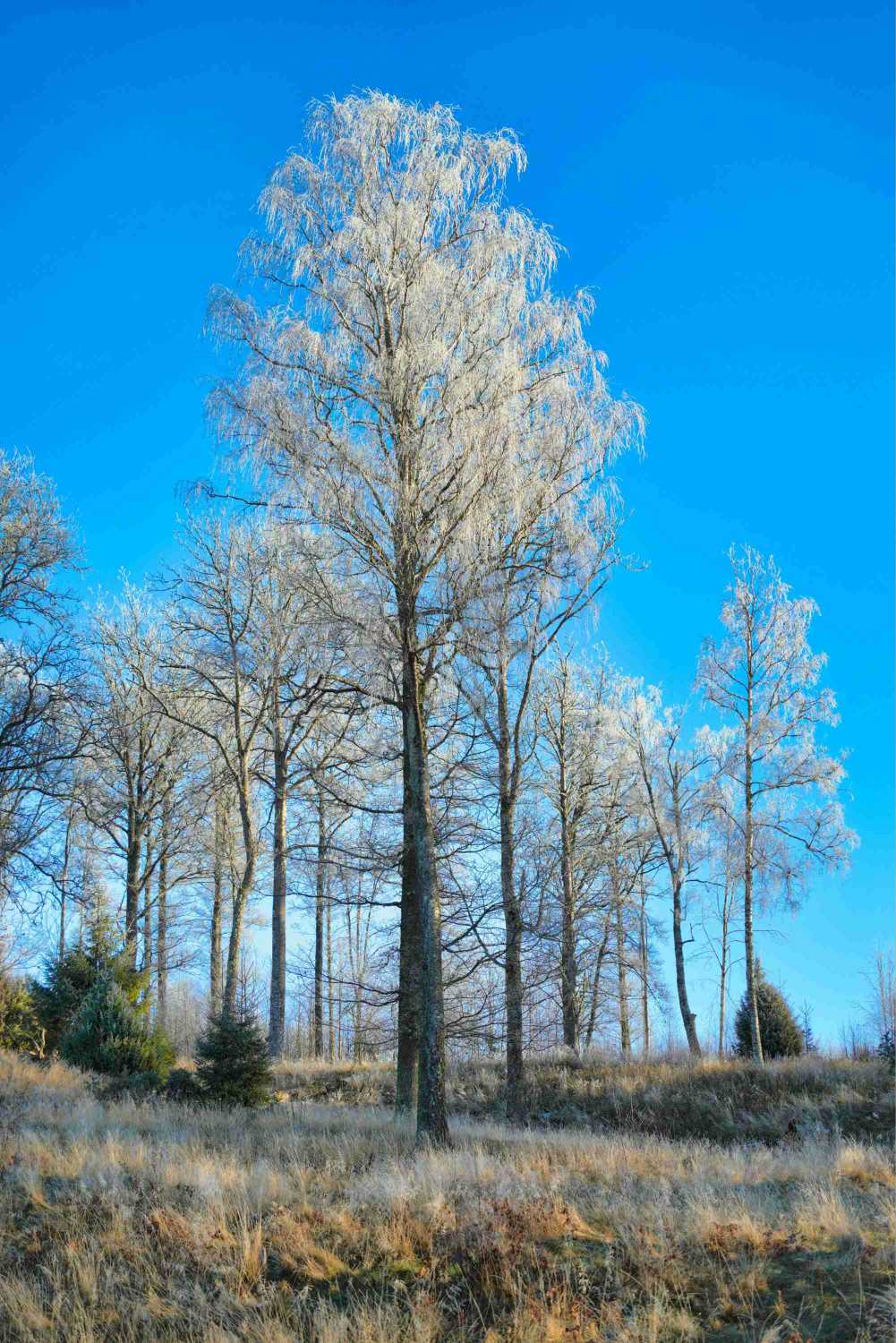
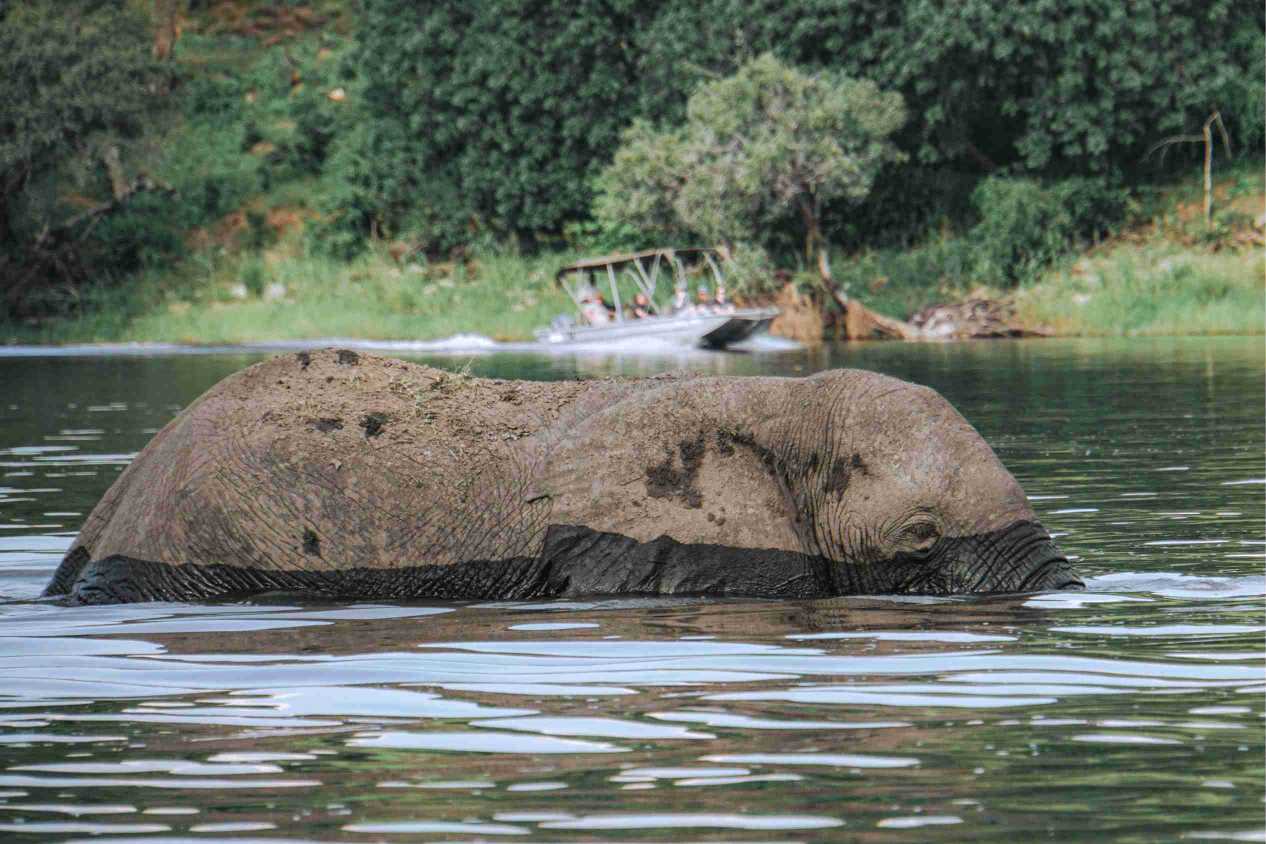
Best Time to Visit
The best time to visit Chobe National Park depends on your interests:
- Dry Season (May to October): This is the best time for wildlife viewing, as animals gather around the Chobe River and other water sources. The weather is also mild and pleasant.
- Green Season (November to April): During the rainy season, the landscape is lush and vibrant, and birdlife is at its peak. However, wildlife is more dispersed, and some roads may be impassable.
Where to Visit
- Chobe Riverfront: The most popular area of the park, known for its dense wildlife populations and scenic river cruises.
- Savuti Marsh: A dynamic ecosystem that offers excellent predator sightings.
- Linyanti Marsh: A remote and pristine area that provides a more exclusive safari experience.
- Kasane: The gateway town to Chobe National Park, offering a range of accommodations and activities.
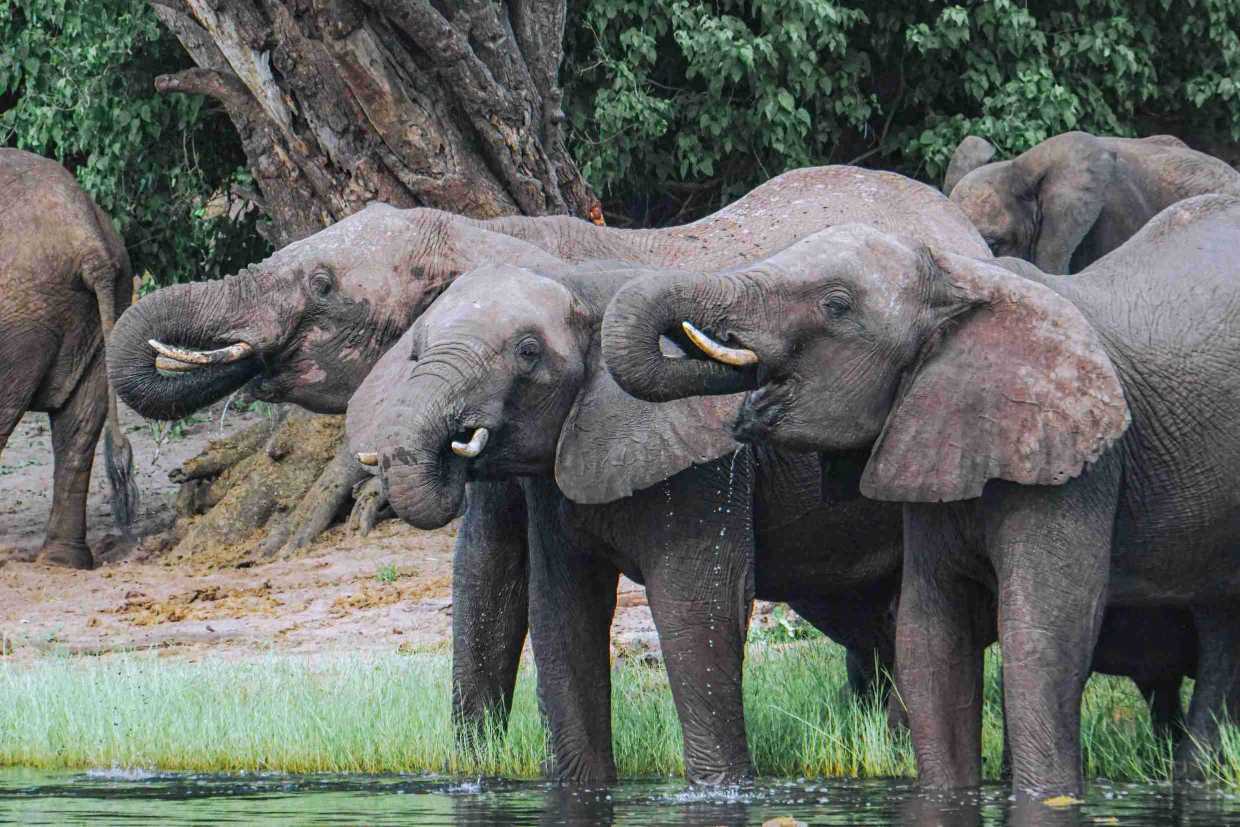
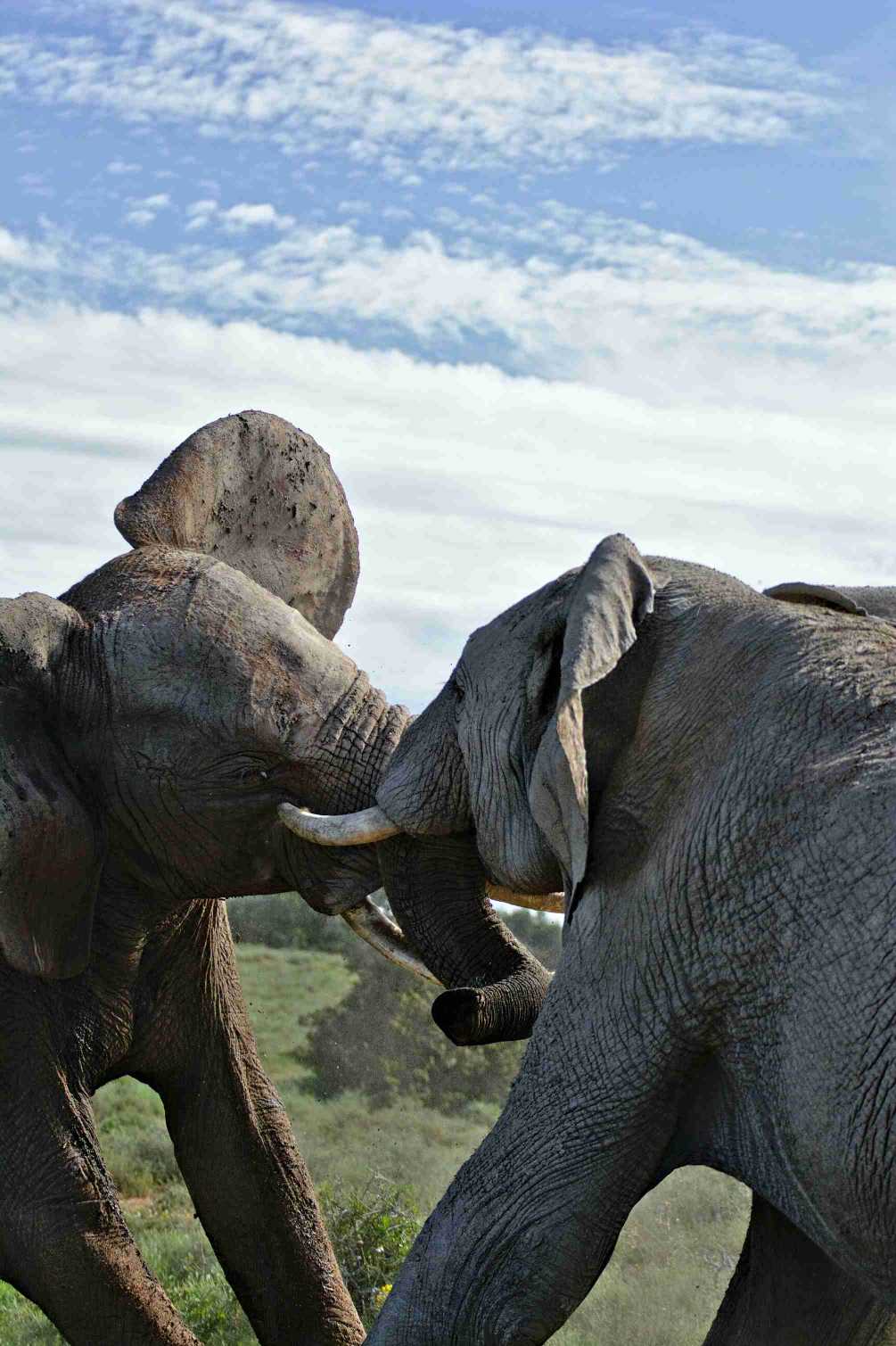
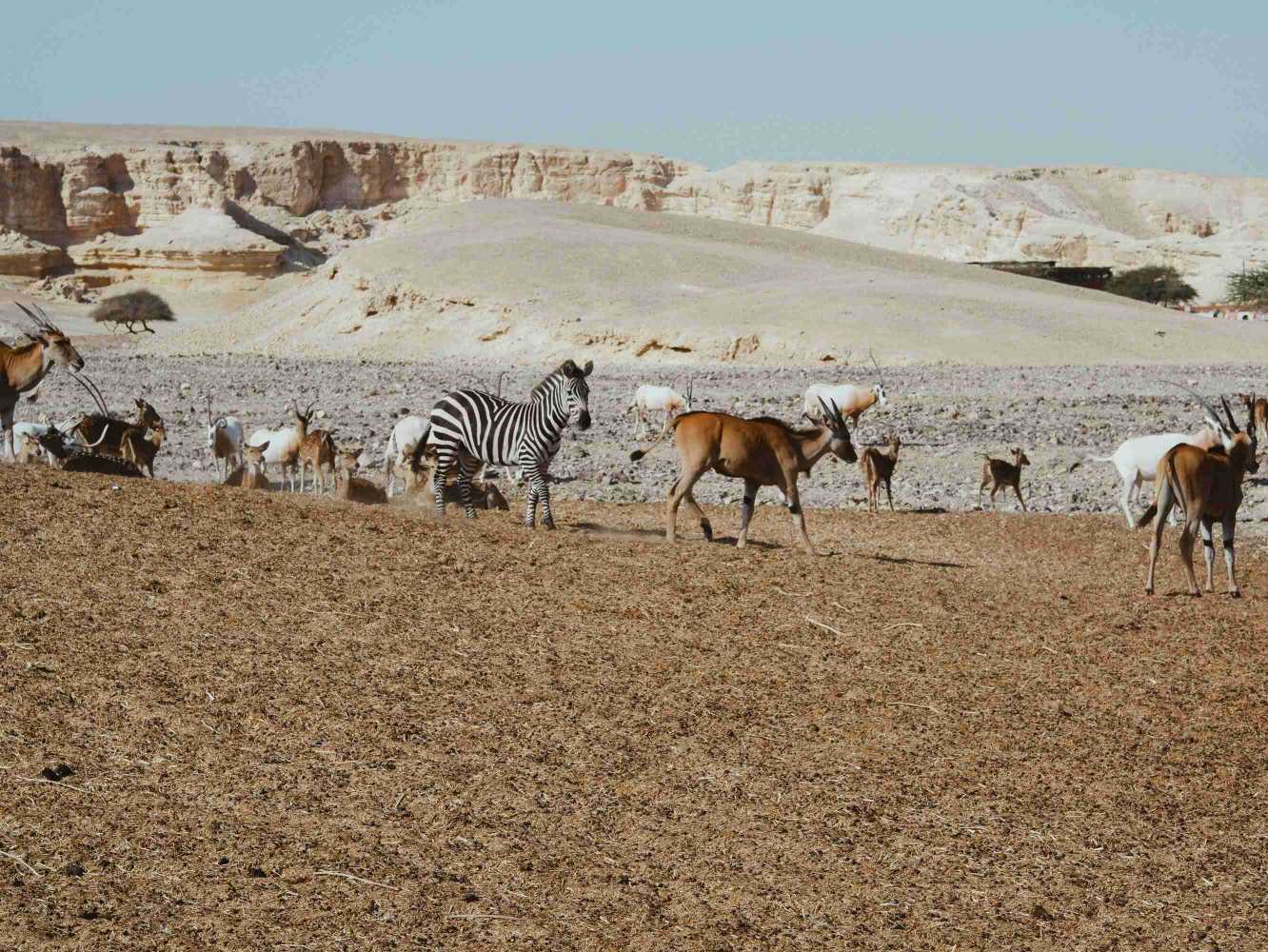
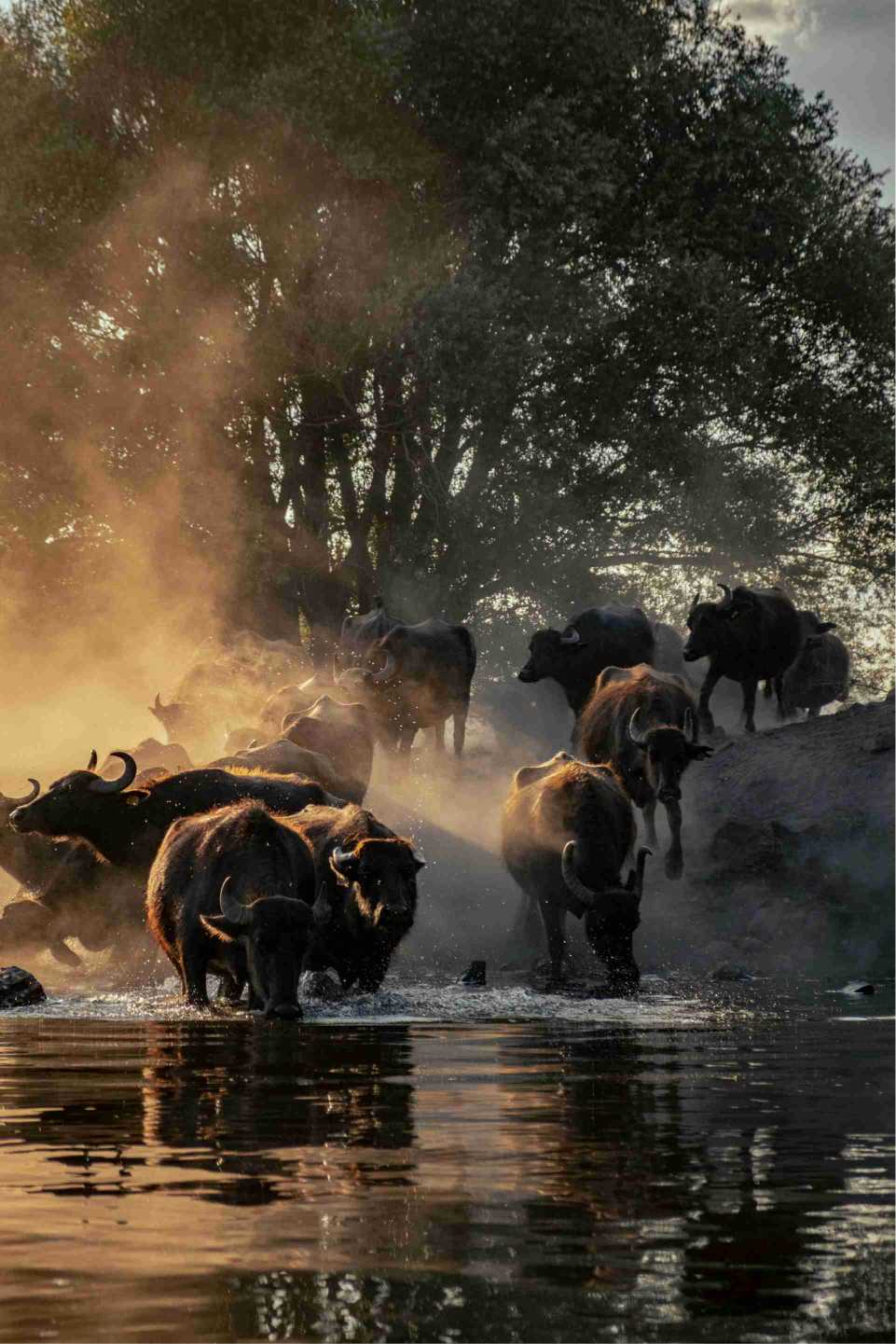
Things to Do
- Game Drives: Explore the park in a 4×4 vehicle with a guide, spotting wildlife like elephants, lions, and buffalo.
- River Cruises: Take a boat cruise along the Chobe River, where you can see hippos, crocodiles, and a variety of bird species.
- Birdwatching: With over 450 bird species, Chobe is a paradise for birdwatchers.
- Photography: Capture the stunning landscapes and wildlife, particularly during the golden hours of sunrise and sunset.
- Cultural Tours: Visit nearby villages to learn about the traditions and way of life of the Basubiya people.
What to Pack
- Neutral-Colored Clothing: Avoid bright colors to blend in with the environment.
- Binoculars: Essential for spotting wildlife from a distance.
- Sunscreen and Hat: Protect yourself from the strong African sun.
- Camera and Extra Batteries: Capture every moment of your safari.
- Comfortable Shoes: For walking and game drives.
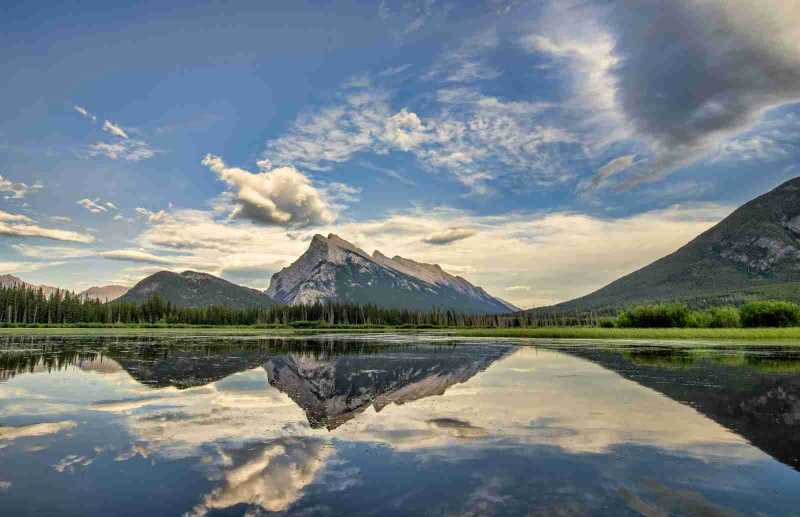
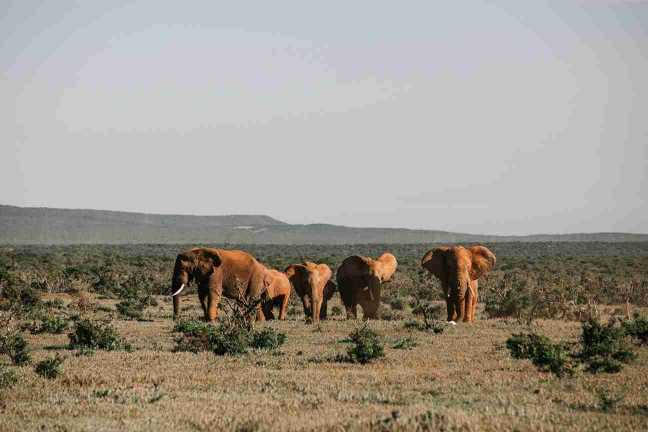

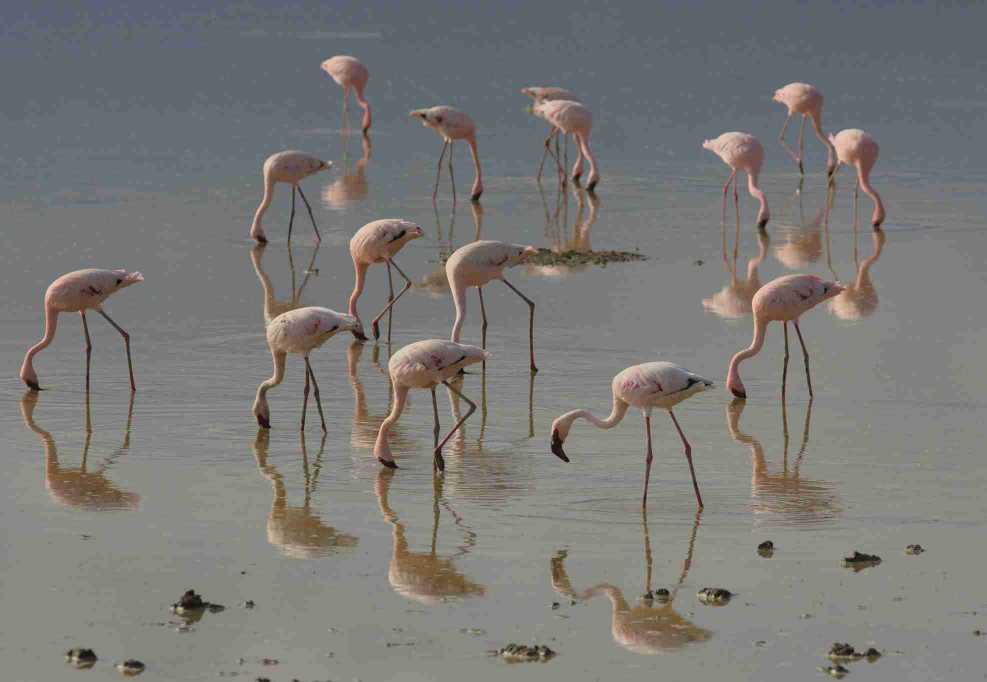
Chobe National Park is a destination that captivates with its wildlife, landscapes, and cultural heritage. Its iconic riverfront, diverse ecosystems, and warm hospitality make it a must-visit destination for travelers. Whether you’re cruising along the Chobe River, spotting the Big Five on a game drive, or learning about local traditions, Chobe National Park promises an unforgettable experience. Start planning your safari adventure and discover the magic of Botswana’s wildlife paradise.
FAQs
-
Is Chobe National Park expensive to visit?
Costs can vary, but budget-friendly options are available for accommodations and safaris. Luxury lodges and private tours can be more expensive. -
Do I need a visa to visit Botswana?
Visa requirements depend on your nationality. Many countries, including the US, UK, and EU nations, do not require a visa for short stays. -
What currency is used in Botswana?
The Botswana Pula (BWP) is the official currency. US dollars are also widely accepted. -
Is Chobe National Park safe for tourists?
Yes, the park is generally safe, but always follow the guidance of your guide and avoid approaching wild animals. -
What is the best way to see elephants in Chobe?
The Chobe Riverfront is the best area to see elephants, particularly during the dry season when they gather near the river. -
Can I self-drive in Chobe National Park?
Yes, self-driving is allowed, but a 4×4 vehicle is recommended, and it’s advisable to travel with a guide if you’re unfamiliar with the area. -
What is the best time for birdwatching in Chobe?
The green season (November to April) is the best time for birdwatching, as migratory birds are present and the landscape is lush. -
Are there malaria risks in Chobe National Park?
Yes, Chobe is a malaria-risk area. It’s recommended to take prophylactic medication and use mosquito repellent.


